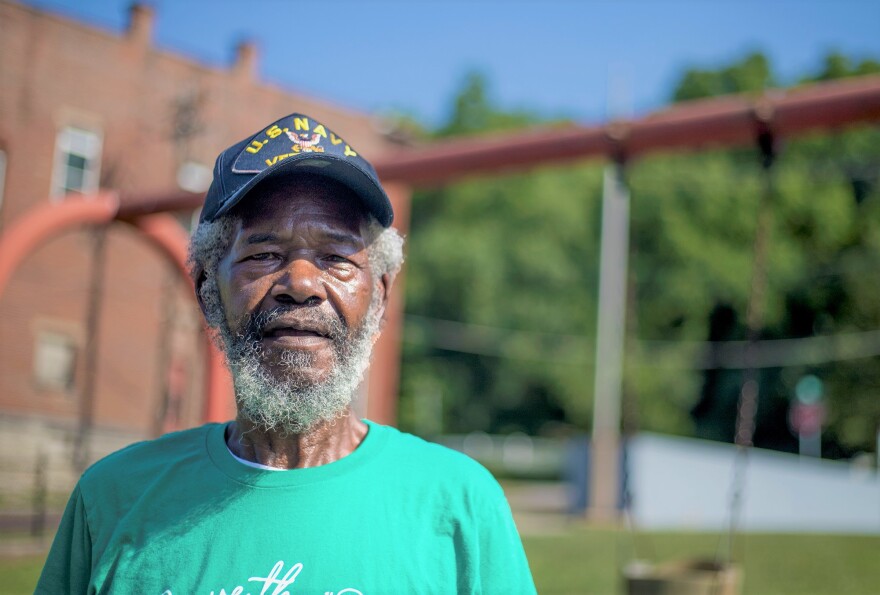The Early and Daniel grain silos have loomed 250 feet over Millvale and North Fairmount for more than a century.
They were once part of a bustling industrial area, sifting grain, then gravel. But they've sat empty since the mid-1980s, slowly crumbling. A demolition project a decade and a half ago was abandoned halfway through, leaving the site's highest tower still standing, but with significant structural damage. Now, crews are coming to finish the job. And soon, they could be working on similar industrial sites in the area.
Funded by a grant awarded to The Port, O'Rourke Wrecking Company has been working to demolish them over the past month. Now, only the so-called headhouse — the highest point of the structure — remains. Crews will pack 150 pounds of C4 into fabric and chain link fence in the bottom 20 feet of the tower to implode it July 29 at 8 a.m. The tower will fall north into a bed of rubble to dampen vibrations.
O'Rourke Wrecking Company President Mike O'Rourke says the silos have been a significant hazard for the community.
RELATED: Listen to 'Crosley at the Crossroads,' a new podcast from WVXU
"This structure was constructed in 1915," he says. "That doesn't mean a lot to most people, but in the demolition business what that says to me is very brittle concrete and very weak reinforcement — a dangerous structure."
Visible from I-75, the silos have been a familiar sight in the skyline and magnet for curious explorers. But for residents, they have also been a symbol of the neglect their communities experience. The neighborhoods along Beekman Street on the Mill Creek were once industrial powerhouses. But they've seen industries leave and environmental issues linger. The residents there, who are predominantly Black, have suffered with poverty and pollution.

Darryl Franklin is one of a dozen people living across the street who will briefly have to leave their homes during the implosion. He says it's been a long time coming.
"I'm glad to see them go down," he says. "I guess I can put up with the inconvenience of having to leave home. I wish they'd been a little more public with the notifications. I think most of my neighbors would like to see them down."
At a community information session held July 19 at the Millvale Recreation Center, Franklin said he and his neighbors weren't aware of the plans beforehand. O'Rourke says the company has mailed out notifications and is redoubling its efforts to notify those nearby. A community viewing area with tents and refreshments will be set up on Hopple Street, which — along with Beekman Street — will be closed to traffic during the implosion.
Additional work being done
The implosion isn't the only cleanup work happening along the Beekman Corridor. The Port also received grant money to work on environmental remediation for the enormous and mostly vacant Lunkenheimer Valve Plant just south in South Fairmount.
And, city of Cincinnati leaders July 20 announced $1.2 million in EPA grants to do environmental assessments on about 40 sites needing remediation in the Mill Creek Valley. City officials also highlighted $16 million in state funds secured for industrial cleanup.
"This is important work for the sake of environmental justice — for cleaning up and bringing life to areas that have been concentrated for too long with industrial pollution," Mayor Aftab Pureval said in a statement. "But equally important are the profound economic benefits for the Mill Creek Corridor communities. This is the first step towards new community investment, new jobs and housing, and more cohesive, vibrant, and healthy neighborhoods."
A long-time resident of North Fairmount, Franklin says he's worried that the efforts could spark gentrification in the low-income neighborhoods around the Mill Creek. But he's also glad to see the silos — which he says have been a long-time eyesore — finally gone.
"I'm glad to see them go," he says, "but sad it took so long."


